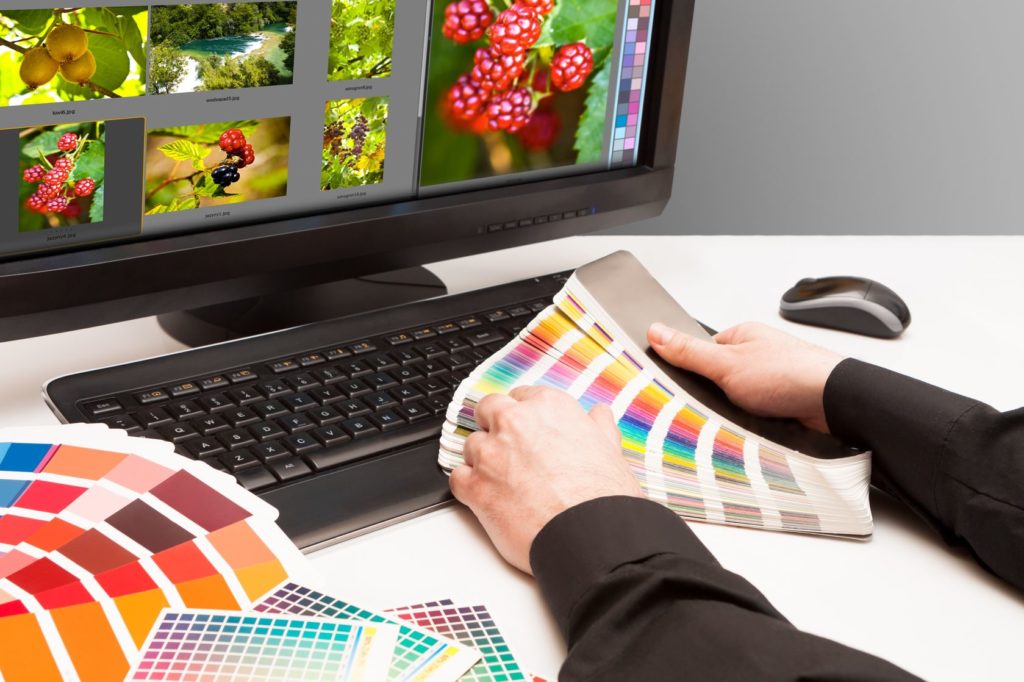Standardisation, systematisation, unification, normalisation… These terms all refer to the need, when talking about the same subject, to establish a common framework. This is essential when it comes to colour. Interview with Hervé Lyaudet, colorimetry and workflow manager at Altavia Paris.
Why is standardisation of colour so important?
The perception of colour is a physical phenomenon (before it reaches the eyes), then a biological one (once the light is captured by the eyes). It is therefore dependent on several factors, the illuminant, the object being observed and the observer. The fact that colour is nothing more than a sensation created by our cortex from electromagnetic waves captured by our eyes means that we all see colours differently and that this perception depends on our state (culture, stress, tiredness, etc.).
To manage these factors, the graphic industries must adhere to a certain system, a controlled framework, so that each person can see colour in practically the same way. Standardisation therefore concerns the whole design implementation process, including the viewing conditions (standardisation of illumination, the environment, etc.), measurement and reproduction of colour and press settings, the exchange of files, etc.
How can we measure and reproduce colour identically?
Equipment, such as the spectrophotometer, is used to measure the electromagnetic waves precisely. The job of this now essential instrument is to measure the waves that reach our eyes. Thanks to the mathematics and research done by the CIE (International Commission on Illumination), we have a calculation method for defining measured colour in a mathematical space. Once this has been done, we can predict colour and obtain statistics, precise information on deviations and possible reproduction in various media.
Is colour standardised at European level?
Yes, and event internationally by means of ISO standards. The data we use in colour management reproduces the characteristics, for example of Offset presses reflecting printing aims stipulated in ISO 12647-2, which enables us to align our work according to worldwide recognised printing.
In some regions such as Europe additional groups such as ECI (European Color Initiative) is active by providing free of charge tools such as ICC profiles and control wedges reflecting ISO standards spot on. Also Fogra, a not-for-profit media technologies research centre based in Germany, which more than 800 members whereas more than 30% are based internationally. They represent the members interests, which reflect the entire graphic chain from the supply industry over printing and prepress houses up to print buyers, by shaping ISO standards that provide clear aims all of the planet. The technical committee behind all graphic arts ISO standards is TC 130.
What are the benefits of colour management?
Incorporating colour management into workflows helps to automate the process as much as possible and therefore reduces the risk of error, production costs and lead times. Reproducing colour over time, which was not the case in the not so distant past!
But of course, we cannot talk about colour management without talking about standardisation.
Are there different interpretations in different geographical places?
Yes, and that’s the problem! Some countries ignore international standards and some add regional variations on top. The USA, for example, opted for a spatial method known as G7, different from ISO 12647-2 aims. Although the US voted for ISO 12647-2 aims as part of TC130, more influential experts promoted the G7 method and do a great marketing. Modern colour management tools can convert from national G7 (CRPC or GraCol) to international (ISO) standards such as FOGRA39 or FOGRA51.
The interpretation in Japan, by Japan Color, is similar. Although they heavily contribute in TC130 and agree to ISO 12647-2 printing aims they provide local standards that differs a bit, in particular the paper shades.

